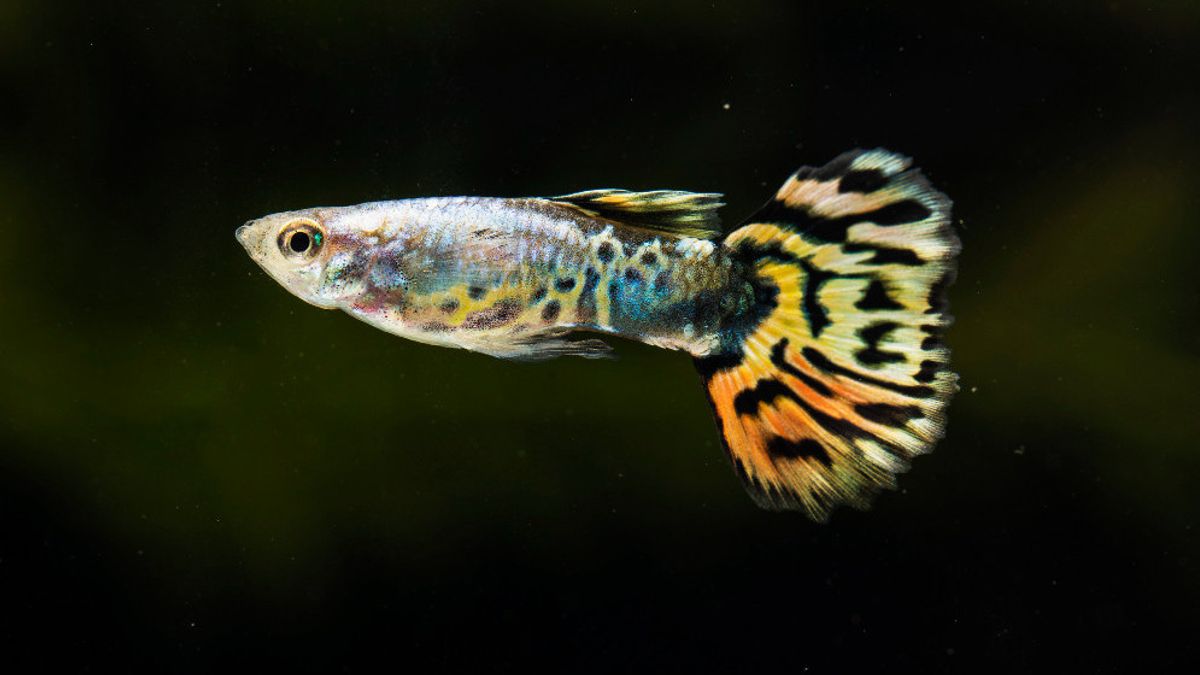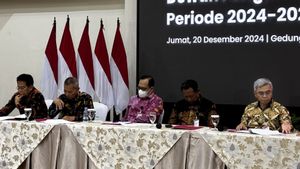YOGYAKARTA - Mosquitoes are one of the insects that is often a problem for humans, especially because of their role as vectors for various dangerous diseases such as malaria, dengue fever, and zika. Want to know what are mosquito larvae-eating fish other than effective bettangs? Listen to the end, yes!
One of the natural and efficient methods for controlling the population of mosquitoes is to use mosquito larvae. This fish eats mosquito larvae that grow in the waters, so it can reduce the number of adult mosquitoes in the area. Not only environmentally friendly, this method also does not require dangerous chemicals such as insecticides.
There are several types of fish that are known to be efficient in regulating the population of mosquito larvae. In Indonesia, several types of fish are often used, namely:
Guppy fish are one of the most famous types of small ornamental fish in the aquarium lovers. Not only is its beautiful appearance, Guppy is also known as a reliable mosquito larvae. This fish is very active and easily adjusts to various conditions in the water environment, both in freshwater, ponds, or irrigation canals. Guppy eats mosquito larvae quickly, so it is efficient in controlling the population of mosquitoes.
Mujair fish are also often used as mosquito larvae. This fish has good adaptability in various water conditions, including even polluted water. Not only that, mujair has strong durability and can live in various types of waters, ranging from rivers, lakes, to small ponds. Mujair not only eats mosquito larvae, but also other insect larvae which are often a problem for the environment.
Tinhead fish are one type of Indonesian native fish which is also known as a mosquito larvae predator. These fish generally live in shallow waters such as rice fields, ditches, and swamps. The lead head has a small and agile body size, making it easier for this fish to hunt mosquito larvae on the surface of the water. This fish also has the expertise to live in low quality water, such as cloudy water and little oxygen.
Gembusia is often used as a mosquito larvae fish in various countries. This fish is known to be very aggressive in looking for mosquito larvae and can survive in various water conditions. Although this fish is not native to Indonesia, its existence has long been introduced as part of the mosquito control program. Bumbusia also does not require special care, so it is very suitable for use in open waters or ponds.
SEE ALSO:
Benefits Of Using Mosquito Symptoms
The use of mosquito larvae as a method of controlling mosquito population has several advantages compared to other methods. Here are some of the benefits of using this fish:
One of the biggest advantages of using fish as the controller of mosquito larvae is that this method does not cause a negative impact on the environment. Unlike insecticides that can contaminate water and soil, fish do not leave any risky residue. Fish eat mosquito larvae naturally without disturbing other water ecosystems.
Mosquito larvae can live and breed in the waters for a long time. As long as there are mosquito larvae as food sources, fish will continue to keep the population of mosquitoes under control. This makes this method efficient for the long term without requiring continuous human intervention.
The use of mosquito larvae is a natural control procedure and does not require chemicals. This is very important to protect the balance of the ecosystem and avoid harmful side effects, both for humans and the environment. With this method, fish not only eat mosquito larvae but also help protect the quality of water.
The use of fish as controlling mosquito larvae is relatively cheap. After fish are released into the waters, they will reproduce naturally and continue to protect the population of mosquitoes under control. This is very profitable, especially in rural or urban areas with many ponds, ditches, or waterways that are often the place where mosquitoes grow.
Challenges In The Utilization Of Mosquito Jentik Pemakakan Fish
Although it has many benefits, the use of mosquito larvae also has several challenges. One of them is maintaining water conditions. These fish need relatively good water conditions so that they can survive and breed. In some places that have heavily polluted water, the existence of this fish may not be optimal. Not only that, but the selection of fish types that are suitable for environmental conditions is also important to ensure their effectiveness.
Another challenge that can be faced is the potential negative result of the introduction of non-endemic fish species such as peat fish. If not managed properly, this fish can disturb the local ecosystem and reduce the presence of native fish that should be protected.
"Talking about fish, there is news that is horrified," he said: 'Kiamat' Fish Found on La Jolla Beach in San Diego, California.
So after knowing the mosquito larvae, see other interesting news on VOI.ID, it's time to revolutionize news!
The English, Chinese, Japanese, Arabic, and French versions are automatically generated by the AI. So there may still be inaccuracies in translating, please always see Indonesian as our main language. (system supported by DigitalSiber.id)


















